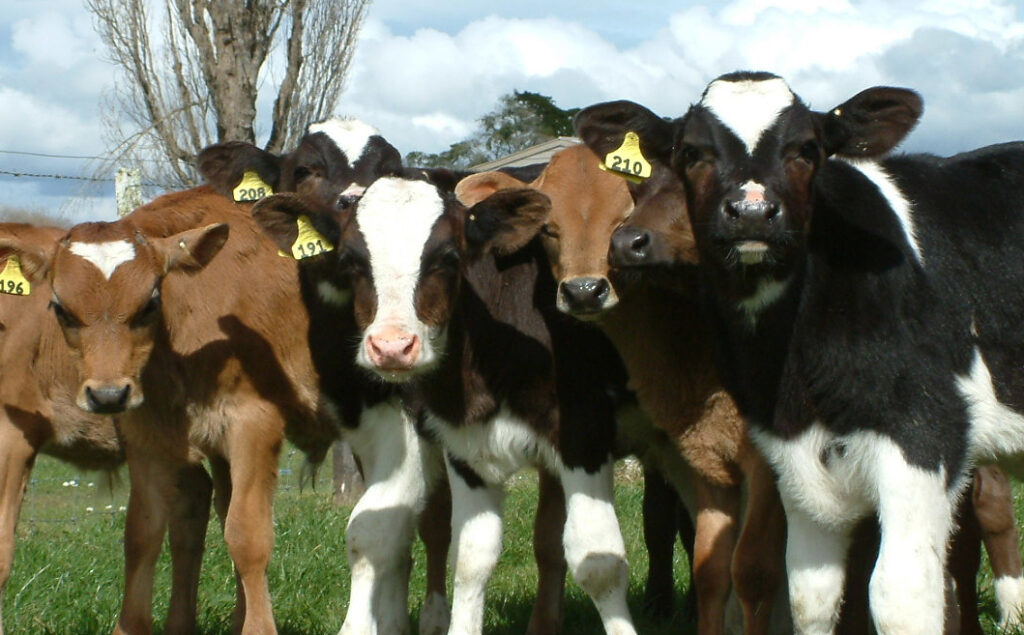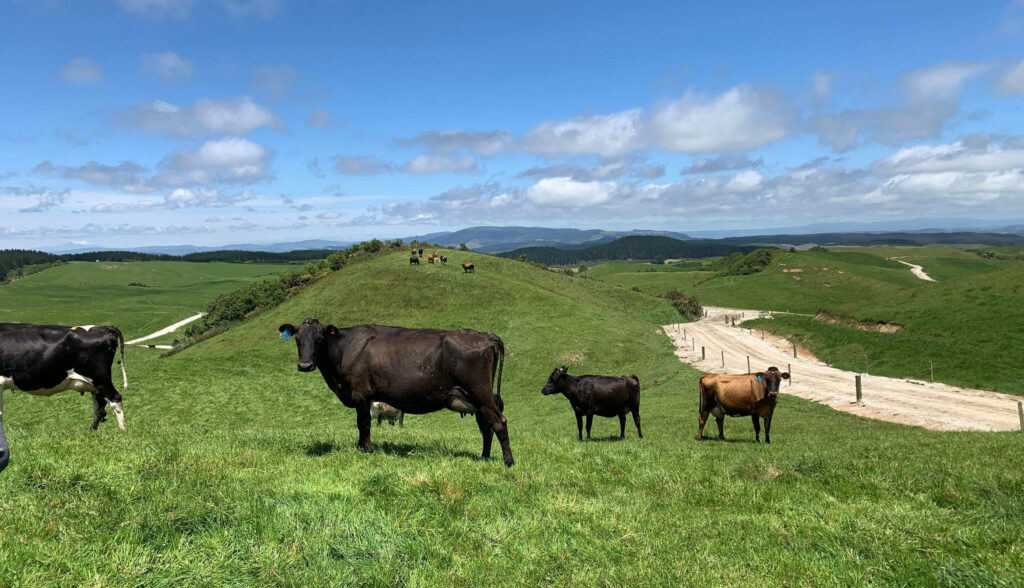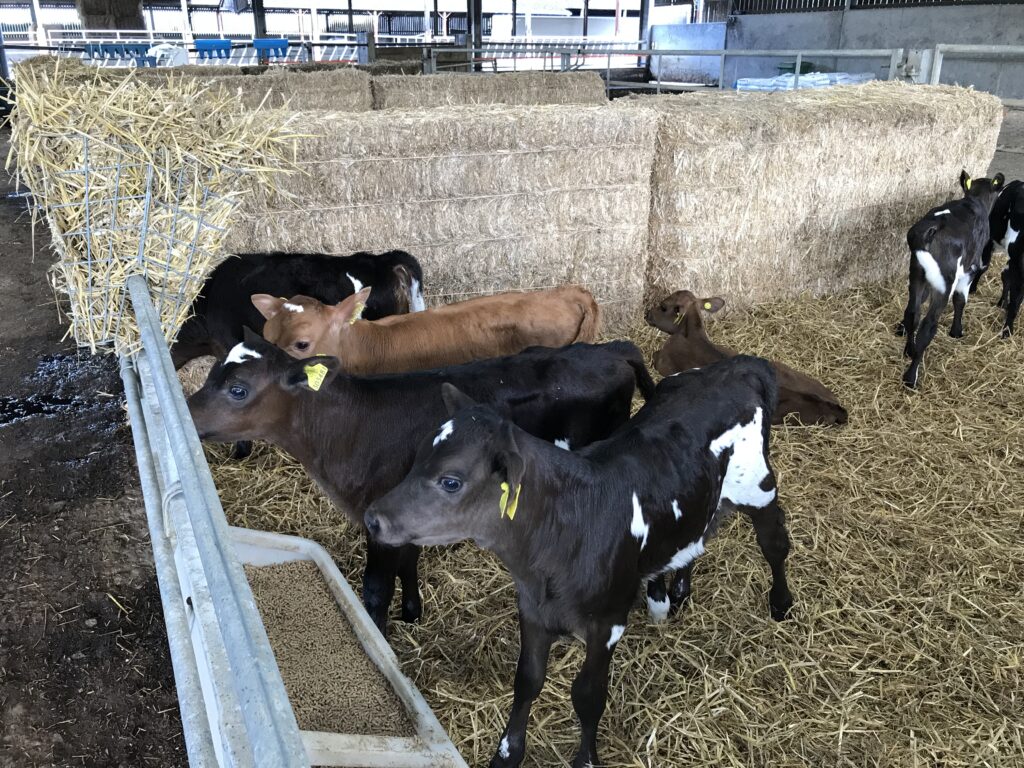In his latest advisory article, LIC’s Pasture to Profit consultant Sean Chubb says May, for spring calvers, is when all eight principles of mating needs to come together.
In January I wrote about having the right body condition score to maximise your mating results. May, for spring calvers, is when you need to bring all eight principles of mating together.
Infertility is a major drain on many UK herds, requiring costly interventions just to maintain herd size. Add to this the cost of having to rear more replacements – something considerably exacerbated when heifers calve into the herd at more than 24 months old. Block calving forces farmers to identify the root cause of fertility issues and tackle them head on, aiming to get 78% of the herd in calf in the first 6 weeks. As the breeding season is a defined period, all efforts by the farm team can be focused on this crucial task. While the breeding period may be less than quarter of the year, this doesn’t mean that fertility is ignored for the remainder. Even in a block calving herd, fertility has year-round demands.
There are eight pieces of the fertility pie, applicable to all year-round calving herds as well:
Body Condition Score
BCS plays a significant role in fertility performance and should be monitored particularly in late lactation, at calving and in the lead up to breeding. Action to ensure low proportions are outside the tar- get range are easier to management within a block calving herd.
Dealing with on-cyclers early
Dealing with non-cyclers early – Spring calving farmers over the last few weeks will have been conducting pre-mating heat checks. As the whole herd should be cycling together, the natural bulling behaviour will identify cows who are non-cyclers, usually those who still have tail paint present after a three-week period. These animals can then be drafted for the vet. The use of calving data and early lactation health records will help determine what action might be needed for each of these non-cyclers – not all of them will need intervention.
Heat Detection
One of the big advantages of block calving is the whole herd is cycling together, meaning a lot of activity and opportunity to observe oestrous. This, combined with the use of heat detection aids to be our eyes when we aren’t watching, should be very effective. The submission rate target for block calvers is 90% submitted in the first three weeks of mating. The subsequent monitoring of return intervals can give early indications of how conception rates are tracking.
Artificial Insemination
The benefit of using this technology is well proven however it comes with the caveat of user error. With a high number of farmers using DIY AI be sure that your skills aren’t a reason for extended calving intervals in your herd. To be sure, do a refresher course or try using an AI technician for a couple of months and compare results with your own performance.
Bull Management
One would naturally assume that bulls will always do a superior job, however this is not the case. In block calving herds bulls can be a large contributor to empty rates. Maintaining bull health with a block calving workload can be a struggle therefore ensuring you have enough bulls that are fully fertile requires a concerted effort.
Herd Health and Nutrition
Obviously health issues delay cycling and have a negative impact on getting cows back in-calf quickly (as well as production).
Good record keeping and monitoring your herd health performance against industry targets will help you take preventative action in the future. These targets are based on reducing the proportion of the herd affected. Things like clinical mastitis, milk fever and difficult calvings are all largely preventable through management. For most dairy farmers nutrition is usually well covered by expert advice to ensure optimal production. Competition for feed or feed space can be a factor which can lead to BCS loss, often with younger or low dominance cows and thus impact on their fertility.
Replacement heifer management
The rearing of replacement heifers is extremely varied in the UK. All too often young stock aren’t always given the time and attention they deserve considering they are the next generation.
This is particularly symptomatic in all year- round calving herds where time is limited, often meaning heifers end up calving well beyond 24 months as they were not up to target weights for bulling at 15 months. Calving in well grown 2 year-old heifers into a dairy herd has been proven around the world to result in better production, fertility and longevity. Ensuring most of these animals are retained into a second lactation is also significant.
Cow type
All cows are not created equal in terms of fertility. This will depend predominantly on the genetic background of the breed and their purpose. It is well evidenced that crossbreeding will have a positive effect on fertility via the bonus of hybrid vigour, however within breed there will also be examples of genetics that are predisposed to better fertility due to farm system selection pressure. Both of these options can have a role in improving your herd fertility.
All cows are not created equal in terms of fertility. This will depend predominantly on the genetic background of the breed and their purpose. It is well evidenced that crossbreeding will have a positive effect on fertility via the bonus of hybrid vigour, however within breed there will also be examples of genetics that are predisposed to better fertility due to farm system selection pressure. Both of these options can have a role in improving your herd fertility.
If you’d like to see which piece of the pie is letting your side down, get in touch with Sean on 07490 482347 or email him on schubb@liceurope.com.





